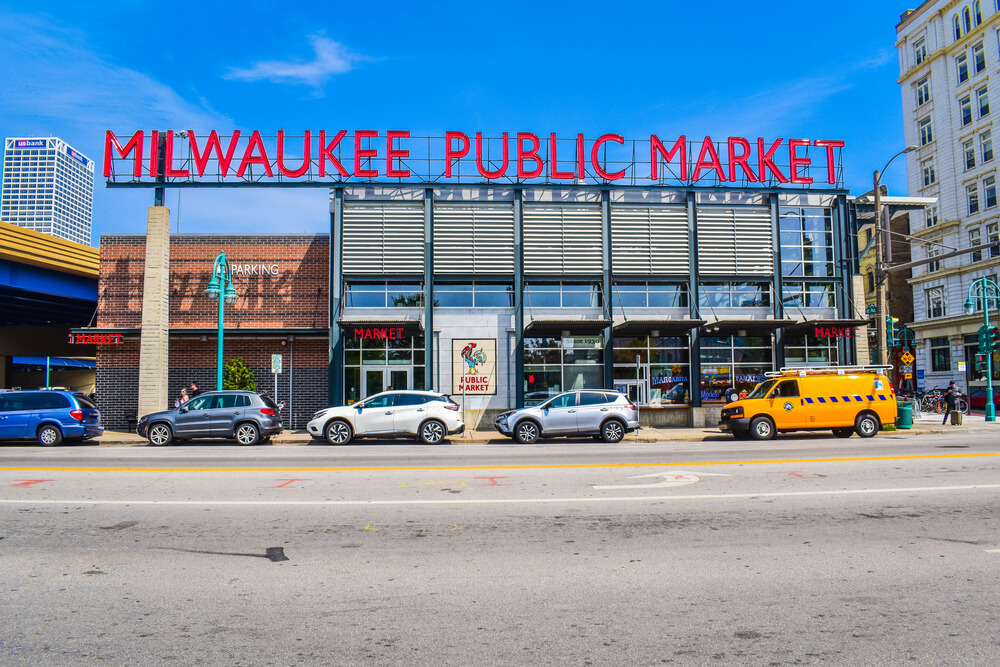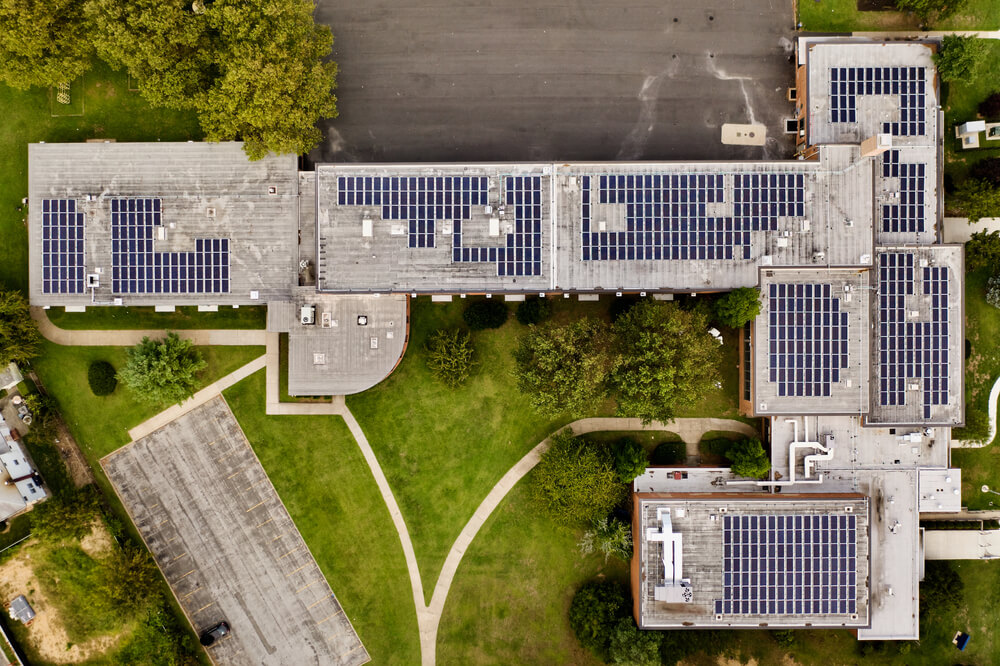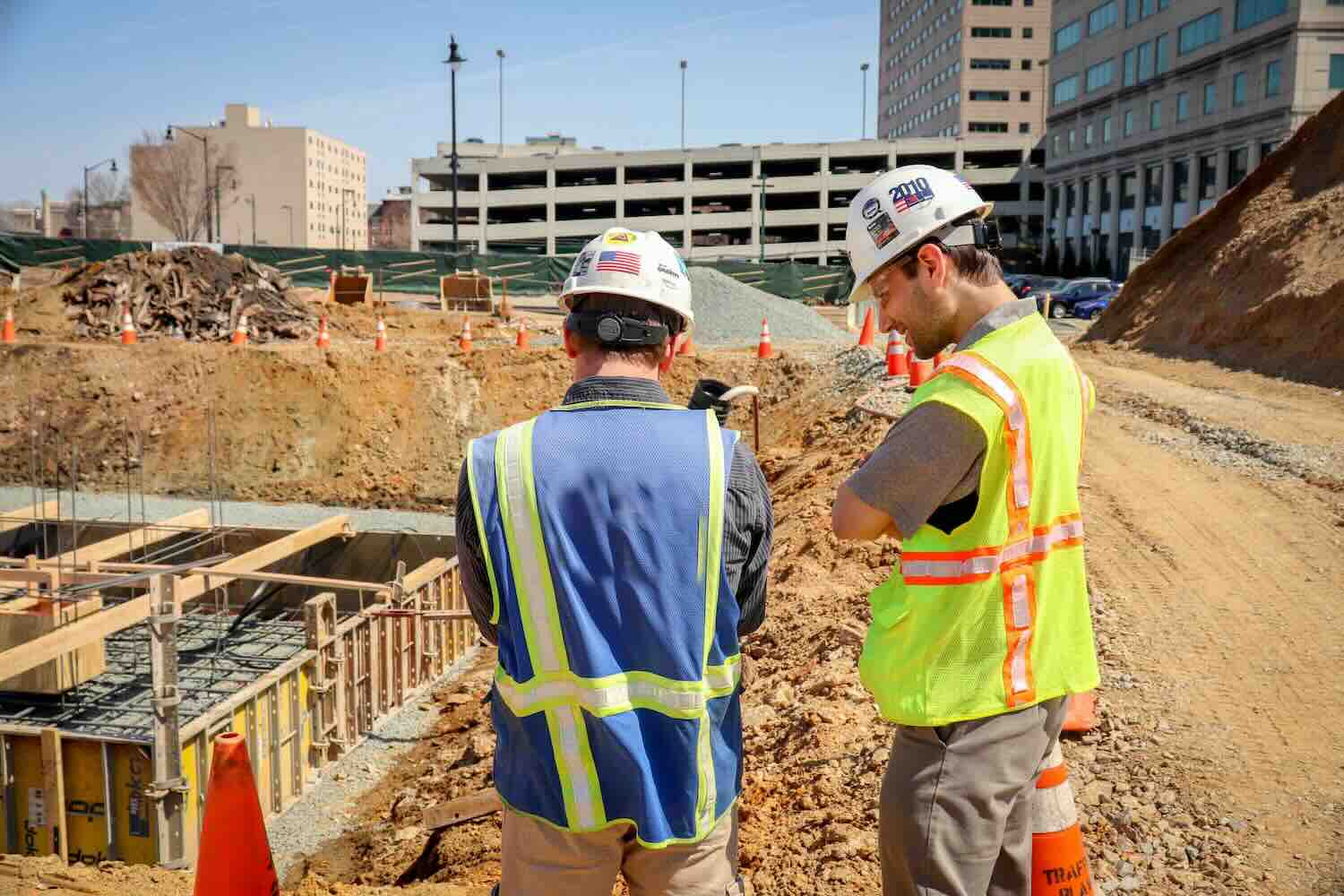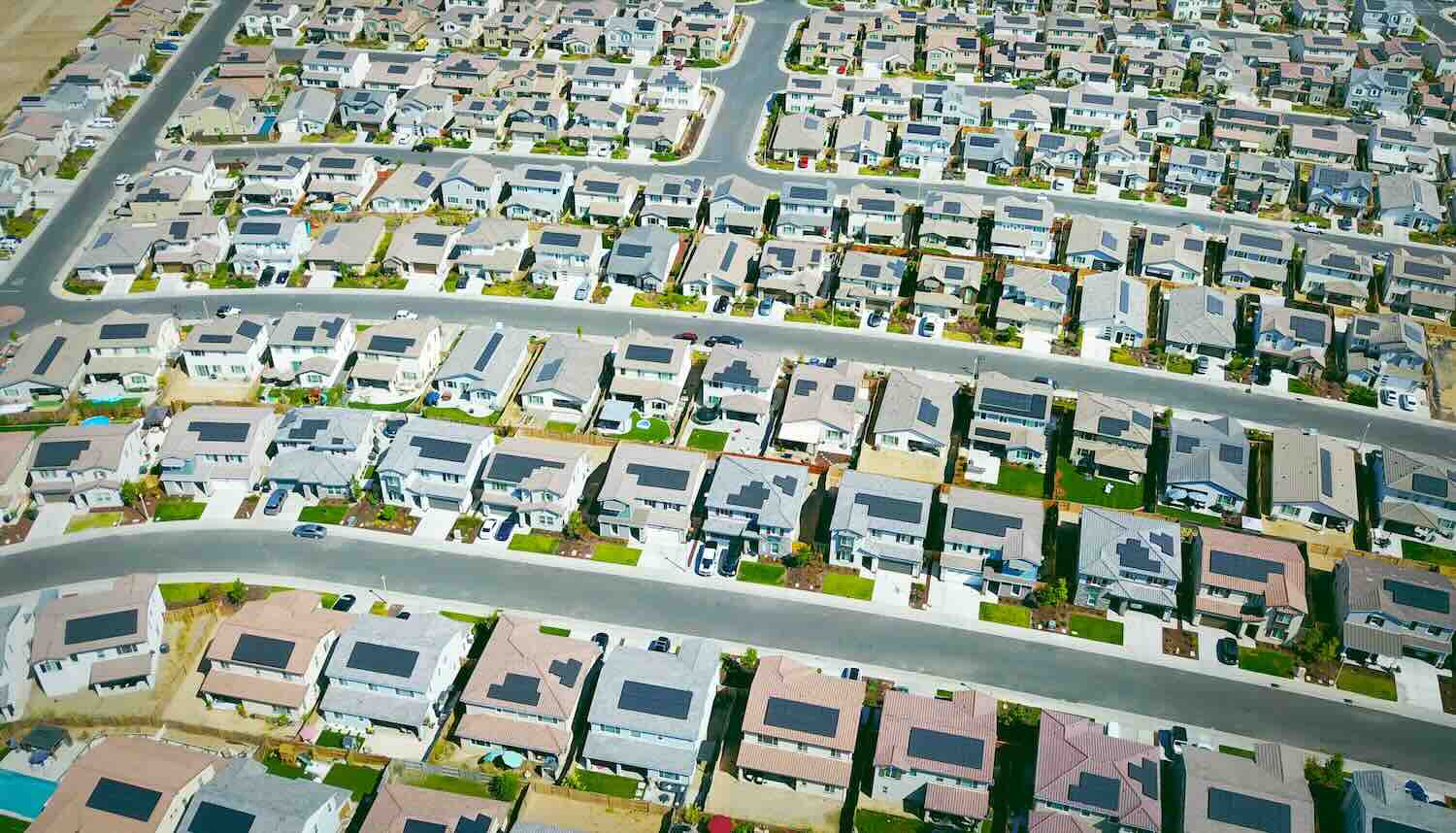Editor’s Note: Community Finance Brief is a weekly newsletter from Matt Posner of Court Street Group, now syndicated on ImpactAlpha.
When a town, city or county becomes financially insolvent, the natural current of finger pointing takes on a political and moral tone that is unique. Unlike a corporation or an individual, the financial failure of a government body has political, policy and precedent implications to take into consideration. As a community’s path forward is laid out, political narratives of the ‘why’ and ‘how’ can be misconstrued to justify the ends of some mean determiners.
As discussed last week, local government default is rare and for the most part unique. But, there are some underlying commonalities among communities that have gone down this path since the 2008 financial crisis. Excluding the public pension issue as it is a precursor to all defaults and financial struggles for local governments, these parallels are economic in nature, have to do with financial decisions that non-inclusive but also there is combative relationship between the local government and the state government wherein the jurisdiction resides. The similarities in the state-to-local relationships for governments that have become insolvent is jarring (see figure, page 2).
The city of Milwaukee, Wisconsin has not declared bankruptcy but leading up to its latest budget, the city’s common council debated the merits of filing for Chapter 9 bankruptcy protection. It would be the second largest U.S. city ever to go bankrupt, after Detroit. This brief will review these issues through the paradigm laid out last week and delve into more detail for this instance that fits well into said paradigm and is by no means alone.
Unidimensional tax base
The city’s first stab at a 2024 budget at first proclaims no program cuts and even a potential surplus with the new state revenue plan but quickly addresses the full implications of new revenue share plan. Instead, the city faces budget shortfalls around $150 million in the most recent budget.
Milwaukee faces a structural deficit, is overly reliant on federal aid (see figure, page 3) that is likely to net decline post-pandemic, has declining revenue growth, has rising costs due to inflation and public obligations and is looking at a backlog of deferred maintenance estimated at over $1 billion, per county executive David Crowley. All items just noted are essentially boiler plate when reviewing a local government facing serious financial issues.
Like the many local governments that have declared bankruptcy in the last 15-years (see table, page 5), Milwaukee has a tax base heavily reliant on one particular sector. The city is somewhat of a remnant of an industrial manufacturing economy. Like other so-called ‘rust belt’ cities, the city was once a major manufacturing hub that has seen significant decline since the 1970s. Automation, outsourcing and overseas manufacturing has impacted the city. The figure on page 3 reviews manufacturing jobs as one way to quantify the tax base challenges in the city. Even with these declines, manufacturing remains a top 3 category in terms of employment sector at 16.4% of the city’s workforce (BLS, QCEW estimates city of Milwaukee, 2022). With the waning occurring over decades, the city has not diversified its economy in any meaningful way over a long period of time.
Non-inclusive investments fail to deliver
Many of the more infamous bankruptcies in recent history have a single event, or investment, that notoriously backfires. At times these have somewhat murky origins with local relationships or individual’s financial incentives, but in most cases they are large public and private initiatives that do not generate sustainable and inclusive economic development.
In the last 30-years, Milwaukee has had three big ventures that the city did not fully recoup its investment. In the 1990s the city invested in Menomonee Valley, an industrial area that was to be redeveloped into a mix-use neighborhood. The spin on this project has been in full effect, and while the visuals of the community are noticeably better, the development has been slow and uneven. It has been estimated to have cost the city around $800 million and the city embarked on a 2.0 plan that is still under development.
In 2000, the Potawatomi Hotel and Casino opened in the Valley in an effort to revitalize the city’s downtown area. Initially a success, the profits have declined in recent years and become a challenge for the city’s budget that is overly reliant on it for funding (around 8%-10% of each year’s revenues). Moreover, the critique has been on the uneven development around the hotel with crime increasing in the vicinity and housing prices declining.
In the same entertainment vein, in 2018 the city opened Fiserv Forum – a new arena for the team’s professional basketball team. In order to ‘save’ the team, the public invested $250 million into the stadium and despite high ticket sales and other derivative economic benefits, the criticism on whether or not it was a good use of taxpayer dollar in terms of long-term growth deserve thought and the fact is that the city continues to pay for this structure continues to drain in present value needs.
In very few instances have professional sports stadiums brought about sustained, equal development for a community – a future topic that is relevant across the nation. Hindsight is 20/20 and many observers would point out that without taking on risk, cities are not going to be open to new ideas for economic development and all of these projects, seen in this light, are not necessarily a precursors to default. Still, the common theme between these three investments and those in other bankrupted cities was that these were not equitable investments.
The commonalities in Milwaukee’s investments (and elsewhere) are a pattern of investments that have prioritized economic development over inclusive community growth, often failing to address underlying social an racial equities that hinder sustainable development. All three projects primarily aimed at stimulating economic growth and to revitalize specific areas, overlooking the needs and aspirations of the surrounding communities. They prioritize attracting business, generating revenue and enhancing the city’s image but fall short in addressing the broader economic and social needs of the residents.
The decision-making surrounding these investments often lacked meaningful community engagement, particularly from marginalized communities. Residents were not adequately consulted on the plan and concerns were not fully considered. This lack of inclusivity resulted in projects that failed to address the specific needs and priorities of the communities they were intended to benefit.
While these investments aimed to revitalize neighborhoods, they often exacerbated existing racial and economic disparities. They did not adequately address the underlying structural barriers that hinder equitable development, such as limited access to affordable housing, education and employment.
The city’s foot their part of the bill through a securitization process known as a tax-increment financing (TIF) municipal bond wherein their investment in the basketball arena was paid for by expected tax revenues. The city essentially draws an imaginary line around the area where they expect growth and create system where they will tax that area that will see economic growth as a result of the stadium’s construction. Nowhere in these bond documents does it specify improvement in areas not directly tied to the stadium – areas that as a result of redlining, are in dire need of support but not in close proximity to the stadium.
State government preemption
The relationship between a local government and the state government plays a big role in various aspects of the road to insolvency and the way in which a community exits bankruptcy protection. For the currently volatile political period of this country, state preemption laws impact social and environmental issues that affect all aspects of a community. State preemption bills in 2023 surpassed 700 to date, according to non-profit Local Solutions Support Center (see figure, page 4) and has been fodder for many things political headed into an election year. When a state government preempts local government’s ability to collect taxes but does not offer solutions, problems arise.
Making things more problematic, when a lower body of government’s populace is not reflected in the upper body’s make-up and there is not a democratic way in which to address grievances (read: gerrymandering), things can get contentious. For Milwaukee, the two dynamics reviewed last week – politics and race – are skewed to levels in this pool of cities that went through with bankruptcy. From 1990 to 2020 the city’s white, non-hispanic population declined 33% while 82% of the state’s legislature is white. Meantime 34% of the city is registered Republican while that party maintains a super majority in Wisconsins’ two legislative bodies. With an upper body of government not reflecting racial or political party trends of the lower body of government, the ability to find common ground is more difficult.
The principal fiscal pressures for Milwaukee are due to the decline in state shared revenues and the state-imposed limits on the local property tax level. Rising fixed costs, including rapidly rising pension obligations are crowding out funding for services to the community. Statutory limitations by the state severely restrict the city’s ability to raise new revenues to pay for needed services.
While there is no lack of incidents where this strained dynamic impacted the city, the shared revenue program exemplifies the results of it as it accounts for 40% of Milwaukee’s general revenue fund. The shared revenue system began when Wisconsin became the first state to levy a state income tax in 1911. At the time, the legislature precluded local governments from being able to do the same and in exchange the state committed to sharing a portion of the revenue with local governments. Fast forward to the 2000s to a politicalized state government, a formula not updated for inflation (it received $240 million in 2001 and $229 million in 2022), and Milwaukee, the largest city in the state was receiving a smaller share of state aid per resident than any other major city in Wisconsin.
Bypassing a high level of political rhetoric and the real threat of bankruptcy for the city, this summer the state legislature passed a bipartisan bill to prevent Chapter 9 (which would have had to have state approval anyhow) and essentially appropriate more dollars to the city and approve a new sales tax for the city. In return, the city would be forced to cut spending on diversity, equity and inclusion efforts and require Milwaukee to maintain public safety spending while also forcing public pension rules that essentially curb membership plans. The strained relationship between Milwaukee and the state has created a vicious cycle: the city’s financial struggles make it more reliant on state aid, while the state’s reluctance to provide adequate support further weakens the city’s financial position. This dynamic has made it difficult for Milwaukee to address its long-standing challenges and achieve sustainable growth. The argument for the roots of this dynamic have history.
Redlining and Milwaukee
The story of the red state/blue city dynamic in the United States is not unique to Milwaukee, but the statistics put the city in some of the more extreme instances of differences. The intersection of structural racism (state legislators, predominating comprising white individuals, enact laws that curtail the ability of a city to raise funds to meet their operation budgets and pension obligations), legislative actions (refusal to update state revenue share program for 20-years despite pushing for support repeatedly) and financial constraints (the price tag for financial support had several preemptive state measure) offers a stark reality of how this dynamic plays out in real life.
Redlining has played a significant role in the shaping of Milwaukee’s tax base, contributing to enduring racial and economic disparities in the city. The discriminatory practice of denying or limited access to loans and other financial services based on race or ethnicity was very active in the city from the 1930s through the 1960s (a 2019 University of Wisconsin paper suggests that about 46% of the entire city was redlined making it one of the most in the country). This practice systematically excluded Black and minority communities from opportunities for homeownership and wealth accumulation, evading them with lower property values and a smaller tax base.
Brookings has made the case that Milwaukee is one of the most segregated in the nation. This segregation of the city’s neighborhoods and concentration of Black and minority residents into areas with limited access to resources and investments has a resoundingly negative impact on the city’s fiscal situation. The disparity of property values between redlined and non-redlined areas has direct impacts on property taxes, which after multiple decades of such community existence, see limited funded for essential services and perpetuates a cycle of disinvestment and disadvantage. Beyond property values, the overall wealth accumulation of these communities hinders opportunities for wealth building through equity appreciation and generational inheritance. This lack of accumulation has contributed to the persistent income gap and economic disparities between racial groups in the city.
Where redlining is not present, it impacts are. As noted in the changes in where people live who work in the city (see figure, page 6), the process of segregating a city is further promulgated over time as those with means are more inclined to leave the city limits. The suburbanization of America has a lengthy body of studies behind it but one point to me made here is the dire impact on a city’s finances.
The buck stops here
It would not likely surprise that the Menomonee Valley, which saw much investment starting in the 1990s was a largely redlined area or so heavily industrial so as to exclude it from being considered residential (see figure, page 7, purple circle is the Valley). With version 2.0 underway, investment in that part of the city will exceed $1 billion over the last three decades yet up until recently, equity and diversity concepts had not exactly led the development path.
“Ink” was spent on the investment component of this equation because that is where a city like Milwaukee will find growth. Casinos, stadiums, convention centers and other entertainment venues receive a lot of attention when the economic development discussion arises but the reality is that there is now a large body of evidence that suggests these types of developments do not result in sustainable growth. Stadiums, unless they are historical like a Fenway or Wrigley, tend to create residential deserts around them and actually see long-term economic losses based on the present value investments.
In November of 2023, the Greater Milwaukee Committee – essentially a local chamber of commerce – paid for an Ernst and Young assessment of potential growth concepts for the city. This was done in conjunction with the city and address many of the issues noted in the previous paragraphs, most notable is a peer group benchmarking process, a department-by-department equity review and convincing stakeholder engagement processes.
In light of the critique laid out on investments to-date for the city, this report looks promising. Given the similar dynamics noted through small arena of local defaults, there are other communities outside of Milwaukee to keep an eye on. Kansas City, Missouri, Austin, Texas, Minneapolis, Minnesota, Louisville, Kentucky and Columbus, Ohio are among cities that represent a growing trend of political polarization between state and local governments often contrasting fiscal priorities.
Upon starting this brief, we pointed to the fact that local insolvency is rare and Milwaukee chose not to go down this path despite its similarities with other communities that did. It is not out of the woods, so to say, but unless community leaders move towards dynamic growth and break the molds of public private partnerships that in this county have a checkered record, it will require legal protections in order to address stakeholders that are owed by the city.
Matt Posner is a principal at Court Street Group.











